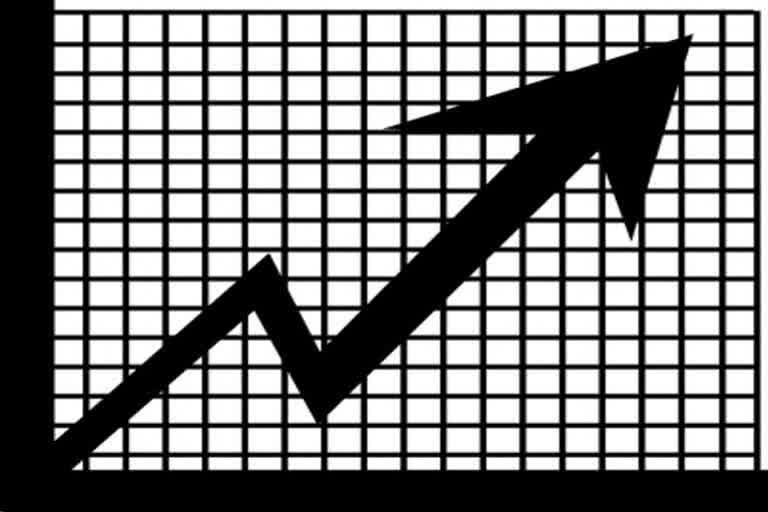New Delhi: India’s retail inflation measured as the Consumer Price Index raced to nearly two per cent above the Reserve Bank of India’s tolerance level in April on a year-on-year basis when it was 7.79%, which is a record for 95 months. Though the high inflation is also partly due to the low base effect as it was 4.23% in April last year, the price increase was observed across all major commodity groups.
It is not that the retail inflation, which directly impacts middle and low-middle income people in addition to hitting extremely hard to poor people, raced to an eight-year high all of sudden. Due to a variety of factors, including supply disruptions caused by the outbreak of the Omicron variant in late last year which were further aggravated by the Russia-Ukraine war in March this year, the prices directly paid by the consumers were rising.
In fact, the retail inflation in March this year was already at a high of 6.97% which prompted the Reserve Bank of India to call for an unscheduled meeting of the monetary policy committee (MPC) to raise the benchmark bank interest rates while announcing other measures to such up additional liquidity to the tune of Rs 90,000 crore from the market early this month.
Persistently high food inflation
A sustained rise in food inflation is a cause of concern for policymakers. For example, inflation in cereals and products was at 21 months high in April. While vegetable prices rose to 17 months high in the month, spices also registered 17 months high. Consumer food price inflation jumped to 8.38%, which is also 17 months high.
Sunil Sinha, Principal Economist at India Ratings and Research, says the second-round impact of higher fuel prices has started reflecting on other goods and services also. As a result, Sinha says, the inflation for miscellaneous goods and services jumped to 115 months high to 8.03%. This is the 23rd straight month when the country experienced more than 6% inflation in this segment.
Edible oil prices
For instance, the prices of oil and fats were 17.28% higher in April this year in comparison with their prices during the same month last year. It is largely due to supply disruptions caused by the Russia-Ukraine war as Ukraine was a big supplier of sunflower oil. The situation further aggravated as the world’s largest supplier of Palm oil, Indonesia, imposed a ban on the export of crude palm oil.
Indonesia’s decision to ban the export of palm crude oil put nearly half of India’s crude oil imports under the cloud. India is the world’s largest importer of edible oils and palm oil imported from Indonesia, Malaysia and Thailand accounts for the bulk of the country's import of edible oil. In order to rein in the high prices of edible oils in the retail market, the central government has imposed an all-India stock limit on traders and processors but improving supply in such a situation remains a challenge.
